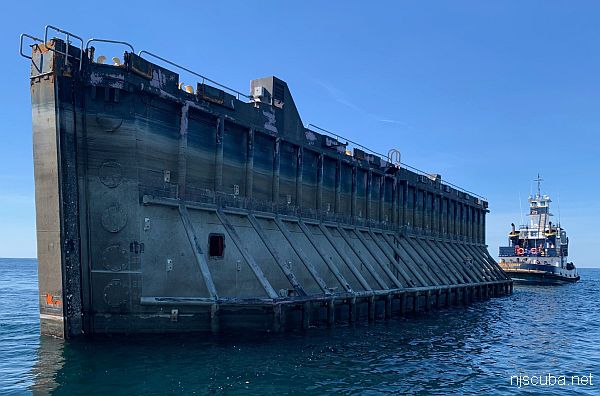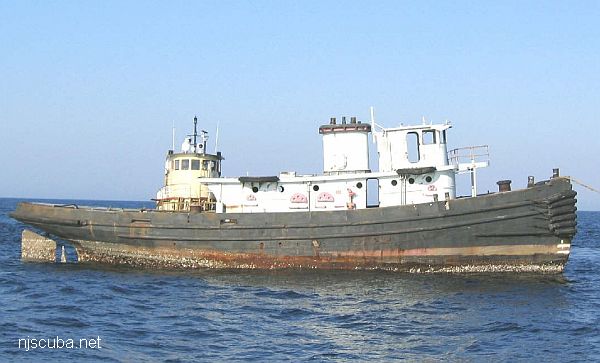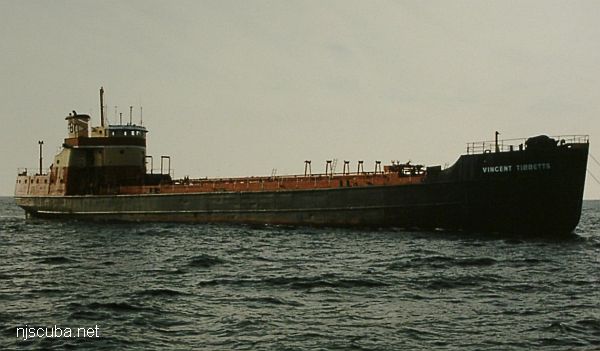Alopias vulpinus
Size:
to 20 ft including tail
Habitat:
open ocean, both coastal and over very deep water, also in the Mud Hole
Notes:
not especially dangerous
This shark feeds mainly upon small fishes which it stuns with its long tail. It has relatively weak jaws and small teeth for its size and is generally not considered a threat to man unless provoked. Thresher Sharks are capable of great bursts of speed, and also commonly leap completely out of the water, for reasons unknown. The Thresher is a favorite of shark fishermen, and is very good eating if cleaned and prepared properly. It is also a common bycatch of long-line commercial fishing. The Bigeye Thresher shark is even more bizarre ( it's purple ! )
More: Thresher Shark ...







